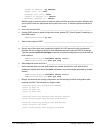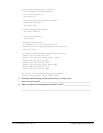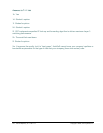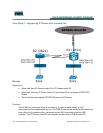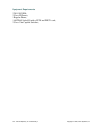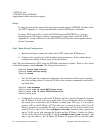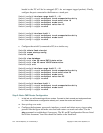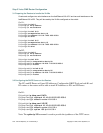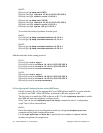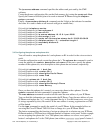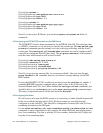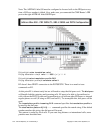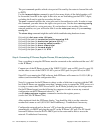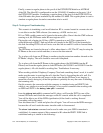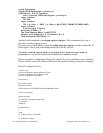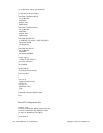127 - 165 IP Telephony v1.0 Case Study 1: Copyright © 2005, Cisco Systems, Inc.
On R2:
R2(config)# ip dhcp pool DATA
R2(dhcp-config)# network 10.20.0.0 255.255.255.0
R2(dhcp-config)# default-router 10.20.0.1
R2(config)# ip dhcp pool VOICE
R2(dhcp-config)# network 10.25.0.0 255.255.255.0
R2(dhcp-config)# default-router 10.25.0.1
R2(dhcp-config)# option 150 ip 10.25.0.1
To exclude the routers ip address from the pool:
On R1:
R1(config)# ip dhcp excluded-address 10.10.0.1
R1(config)# ip dhcp excluded-address 10.15.0.1
On R2:
R2(config)# ip dhcp excluded-address 10.20.0.1
R2(config)# ip dhcp excluded-address 10.25.0.1
Add the networks in the routing protocol.
On R1:
R1(config)# router eigrp 1
R1(config-router)# network 10.10.0.0 255.255.255.0
R1(config-router)# network 10.15.0.0 255.255.255.0
R1(config-router)# no auto-summary
On R2:
R2(config)# router eigrp 1
R2(config-router)# network 10.20.0.0 255.255.255.0
R2(config-router)# network 10.25.0.0 255.255.255.0
R2(config-router)# no auto-summary
3.3 Configuring the Telephony Service on the CME Router
On this scenario, R1 will be running the Cisco CME Software and R2 is a router which is
not able to run CME. All the IP Phones connected to R2 must register on R1.
The first step it to enable the CME software on R1. Use the
telephony-service to enable
the CME and enter the telephony configure mode.
Note: You can use the
telephony-service setup command to start a “configuration
script” but it will not be used here.
On R1:
Enter the telephony-service configuration mode by issuing the telephony-service
command on the global configuration mode.
Use the
max-ephones and max-dn to specify the max number of ephones and the
numbers of ephones-dn, respectively.



